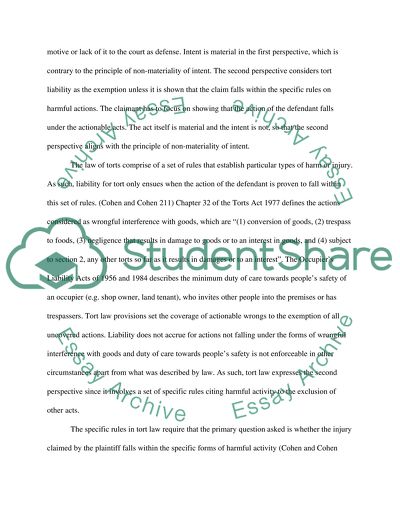Cite this document
(“Does the Law of Torts consist of a fundamental general principle that Assignment”, n.d.)
Retrieved from https://studentshare.org/law/1467358-does-the-law-of-torts-consist-of-a-fundamental
Retrieved from https://studentshare.org/law/1467358-does-the-law-of-torts-consist-of-a-fundamental
(Does the Law of Torts Consist of a Fundamental General Principle That Assignment)
https://studentshare.org/law/1467358-does-the-law-of-torts-consist-of-a-fundamental.
https://studentshare.org/law/1467358-does-the-law-of-torts-consist-of-a-fundamental.
“Does the Law of Torts Consist of a Fundamental General Principle That Assignment”, n.d. https://studentshare.org/law/1467358-does-the-law-of-torts-consist-of-a-fundamental.


